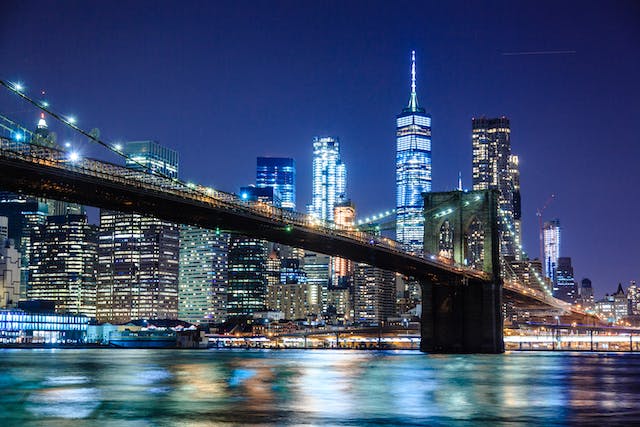New York City has more than 70,000 buildings, some dating back from the 18th century. Part of New York’s allure comes from the varied architecture of its many buildings. By observing the city’s many edifices, one would have an idea of how much history there is. “Preserving buildings is vital to understanding our nation’s heritage,” asserts the Whole Building Design Guide’s (WBDG) Historic Preservation Subcommittee. Here is the rationale behind the preservation of old buildings in New York.
Historical Significance
In the years 1892-1954, millions of immigrants passed through Ellis Island. Up to 40% of Americans can trace their ancestry from one of those immigrants and it’s what made New York a melting pot of different cultures evolving over time to a unique kind of America. The buildings of the city represent this evolution and the heritage developed over the years. In 1965, the Landmarks Preservation Commission was created “to safeguard the buildings and places that represent New York City’s cultural, social, economic, political, and architectural history.” Destroying a building just because it’s old is like erasing a piece of history.
Economic Value
Preservation of New York’s old buildings is a chance to recondition and rehabilitate treasured establishments and materials that are no longer available or very expensive to replicate, such as durable materials like old-growth wood and rare hardwoods. Prewar buildings were constructed with different standards and may have better intrinsic value than newer ones. The fact that it still stands today attests to the workmanship of the times. Also, visiting historical sites and buildings from the past is a substantial component of local tourism which is a significant factor for economic growth. New York City tourists will appreciate places like Greenwich Village, Central Harlem, and Morningside Heights District which reflect the past, the growth, and continuing change.
Supporting Sustainability
Instead of constructing new buildings which will need new materials, reusing an old one can mean large financial savings. Refurbishing may cost less than new construction. It has less impact on the environment and carbon footprint compared to demolishing and building new structures. There’s also quicker occupancy because of the existing usable space. Repurposing old New York buildings is another step towards sustainability. A South Bronx concrete plant has been rehabilitated into a public park. A former barrel factory is now Wythe Hotel. Instead of demolition, these places were innovatively turned into something that has better value.
Preserving New York’s historic buildings does not just protect history, but it is also economically viable, and environment-friendly. It very much speaks to how Americans are as a people and the importance of heritage to them. Retaining what is in the past contributes to today and tomorrow. To quote from the National Trust for Historic Preservation, “Old places are where our lives, memories, and stories began. They connect us to the past, anchor us to the present, and lead us into the future. These places inspire us to create a stronger nation because they belong to all of us.”

